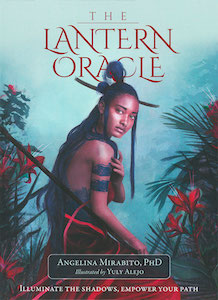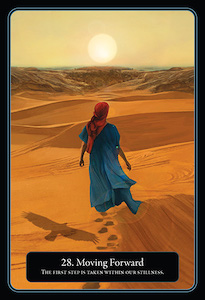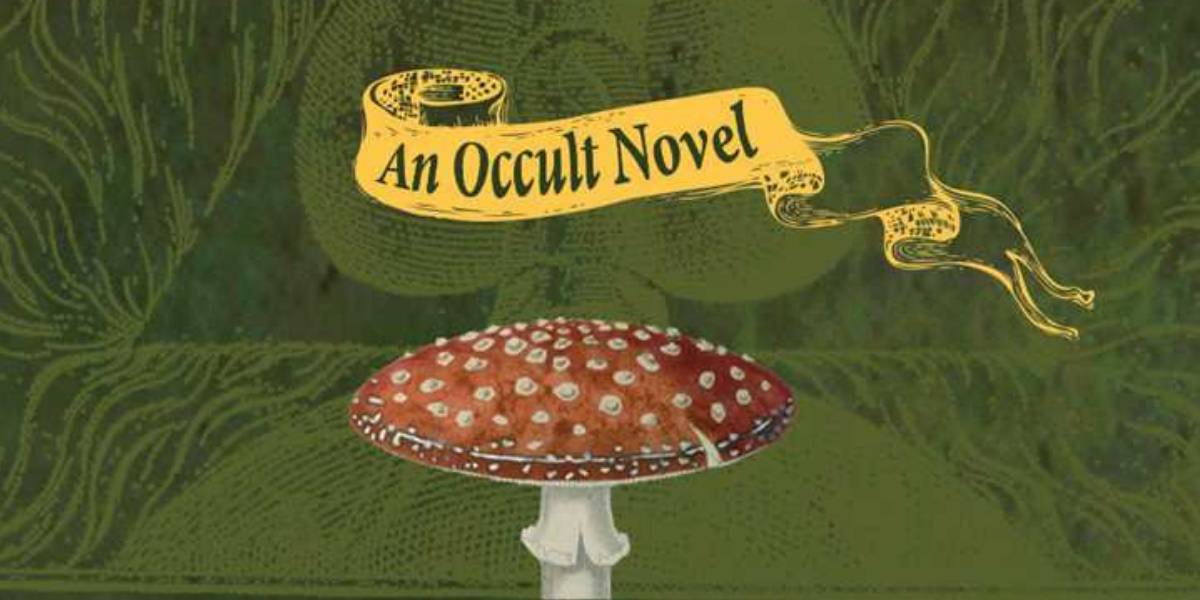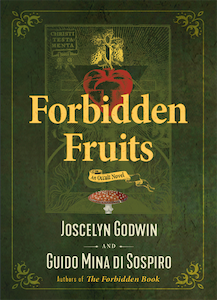
House of Sleep, by Brad Kelly
Independently Published, 8593128638, 312 pages, January 2021
What is that place where reality ends and dreams begin? Can our dreams impact our reality, and in turn can reality be shaped by our dreams? These philosophical questions are brilliantly explored in the recently published book House of Sleep by Brad Kelly. This genre-melding fictional story invites the reader to question the nature of our dreams, where we derive personal satisfaction from in our life, and the ultimate quest for the existence of an omnipresent divine being.
Lynn is distraught after the death of her fiancé. She had recently become pregnant and within a short span of time, she lost both the baby and her beloved Michael. Maintaining her career as a psychiatrist becomes a challenge as she slips deeper into despair. Spiraling out of control and desperate to connect with Michael again, Lynn decides to take the opportunity to attend a retreat, which happens to be nearby and completely free. With the encouragement and safety net of her trusted best friend Nikki keeping tabs on her, Lynn desires to embrace this experience and see what may come of it.
Simultaneously, readers are introduced to the other protagonist Daniel, who is disease-ridden and at the mercy of a religiously fervent father that believes him to be demonically possessed. After a lifetime of being subjected to his father’s violent zealotry, Daniel has finally gathered the inner strength to leave home and seek out his older brother who had left the abusive home years prior. Growing up, Daniel’s older brother had been his refuge, as he did his best to shield Daniel from the blows of their father and share with him all he had learned about the world. The parting words he left Daniel with were to get to a doctor and then find him.
The lives of Lynn and Daniel, along with many other colorful characters, become intertwined at the House of Sleep. Led by a mysterious man called The Diving Man, the House of Sleep is creating a bridge in the dream realm to usher in a new reality. As he spouts philosophical wisdom and transcendent spiritual insights, the main characters are led to question who this person is and whether he is to be trusted. Some followers give him full credence, while another is keeping tabs on this man for detective research. The ambiguity of it all leaves room for the reader to continually question if the Diving Man is a brilliant cult leader or incarnate god. All the people called there have a role to play, but what is the price of the great work these dreamers are doing?
Kelly does a wonderful job of keeping the readers guessing. The book is divided into three parts each section and ends with a metaphorical ellipsis. Just when the reader thinks they have it figured out, there’s a new twist to the story. There is a blending of past, present, and future that creates a labyrinth of time. The characters must work together to discover the truth about the secret dream work they are doing and its impact on the lives of everyone involved.
The best part of the book is the monologue of the Diving Man, presumably speaking to himself in his own mind. Packed with revelation and wisdom, these words open portals to new dimensions of the mind. Having the courage to flip reality on its head invites splendid perceptions, and the Diving Man has the background to truly push at the seams of reality to bring forth the truth of spiritual and human existence. Reading his words, you begin to wonder about who or what God is and how is this state of being truly achieved?
“Don’t you see that God has truly died? There are no lies and so every word a metaphor, and those you make in a moment live live as wires in your head, so. . . we (yes, yes, yes) we killed him and he was pleased to go. It had been long enough trying to hammer the point home. But there is a way to take his place. And how many broken-souled caveats to the start-it-all-over paradigm would you actually trade to place someone back in that cobwebbing throne.” 1
While on the surface this book may seem like a narcissist’s dream of massing followers to do his bidding based on their desire to assuage their personal suffering, the Diving Man’s wisdom remains compelling. His unique life circumstances have primed him for the role even he must play in the symphony of the Universe. The book brings to light just how far grief can push people to go in the quest to regain the love lost and find meaning once again in their life.
I will say the book can feel a bit dark at times. I chalk this up to the lens through which Kelly writes: the stark realism contrasting the symbolic dreams of the people in the House of Sleep. It becomes a real battle between Saturnian and Neptunian forces. As Lynn tries to escape the pain of her reality and reconnect with her love in dreams, Daniel is emerging from the delusion he’s been trapped in his entire life to discover the true nature of reality. The link between them is the real key to awakening, and the role of the Diving Man becomes increasingly warped.
I recommend House of Sleep for readers that enjoy the work of Chuck Palahniuk and Philip K. Dick. The blending of psychedelics and psychology to probe the interior of human minds in both waking and dreaming life invites revelatory insight. You may hear the prompting of the Diving Man whispering his life’s knowledge into your ear, but it’s up to you to decide the action must be taken based on your subjective reality in the dreams. If you would like to sample Kelly’s work and get a feel for his writing style, you can read his short stories here: https://www.bradkellyesque.com/short.
Alanna Kali is an astrologer, numerologist, and pioneer spirit that loves to explore life through the lens of depth psychology. She has a passion for studying the humanities and social trends. Her academic work is centered upon reuniting body, mind, and spirit through eco-psychology. She loves reading, spending time in nature, and travel.






